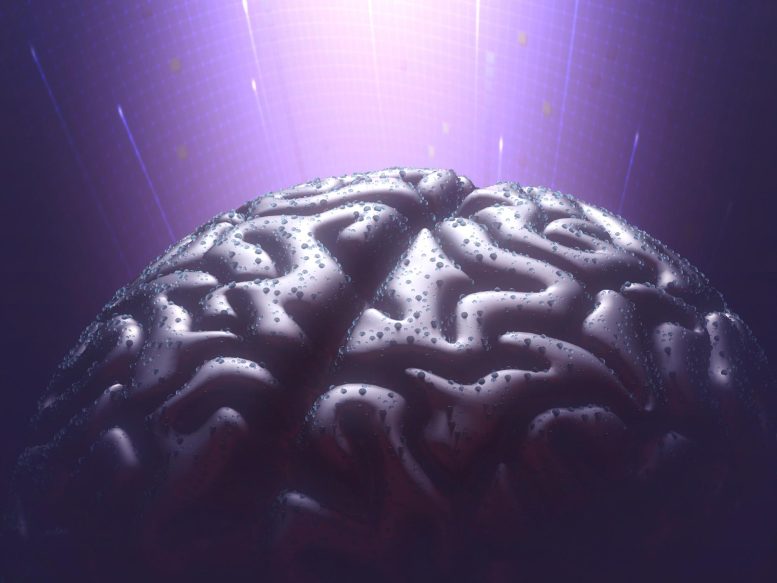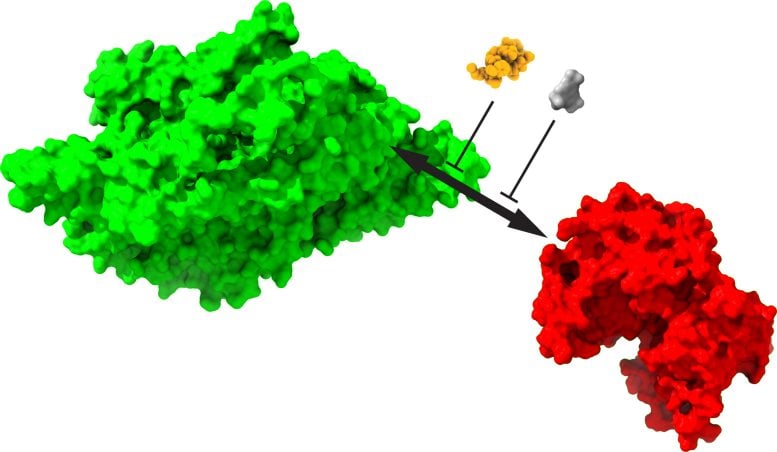
Researchers have identified a biological mechanism involving the molecule KIBRA that explains the long-term stability of memories, shedding light on potential treatments for memory-related disorders.
Pioneering study reveals a “molecular glue” critical for memory formation and stabilization.
New research identifies the molecule KIBRA as a critical “glue” in stabilizing long-term memories by maintaining synaptic strength, offering insights into memory persistence despite ongoing cellular changes.
Whether it’s a first-time visit to a zoo or when we learned to ride a bicycle, we have memories from our childhoods kept well into adult years. But what explains how these memories last nearly an entire lifetime?
A new study in the journal Science Advances, conducted by a team of international researchers, has uncovered a biological explanation for long-term memories. It centers on the discovery of the role of a molecule, KIBRA, that serves as a “glue” to other molecules, thereby solidifying memory formation.
“Previous efforts to understand how molecules store long-term memory focused on the individual actions of single molecules,” explains André Fenton, a professor of neural science at New York University and one of the study’s principal investigators. “Our study shows how they work together to ensure perpetual memory storage.”
“A firmer understanding of how we keep our memories will help guide efforts to illuminate and address memory-related afflictions in the future,” adds Todd Sacktor, a professor at SUNY Downstate Health Sciences University and one of the study’s principal investigators.
The Challenge of Synaptic Stability
It’s been long-established that neurons store information in memory as the pattern of strong synapses and weak synapses, which determines the connectivity and function of neural networks. However, the molecules in synapses are unstable, continually moving around in the neurons, and wearing out and being replaced in hours to days, thereby raising the question: How, then, can memories be stable for years to decades?

Memories are stored by the interaction of two proteins: a structural protein, KIBRA (green), that acts as a persistent synaptic tag, and a synapse-strengthening enzyme, protein kinase Mzeta (red). Drugs that disrupt the memory-perpetuating interaction (other colors) erase pre-established long-term and remote memories. Credit: Changchi Hsieh, Ph.D.
In a study using laboratory mice, the scientists focused on the role of KIBRA, or kidney and brain expressed protein, the human genetic variants of which are associated with both good and poor memory. They focused on KIBRA’s interactions with other molecules crucial to memory formation—in this case, protein kinase Mzeta (PKMzeta). This enzyme is the most crucial molecule for strengthening normal mammalian synapses that is known, but it degrades after a few days.
Their experiments reveal that KIBRA is the “missing link” in long-term memories, serving as a “persistent synaptic tag,” or glue, that sticks to strong synapses and to PKMzeta while also avoiding weak synapses.
Mechanisms of Memory Retention
“During memory formation the synapses involved in the formation are activated—and KIBRA is selectively positioned in these synapses,” explains Sacktor, a professor of physiology, pharmacology, anesthesiology, and neurology at SUNY Downstate. “PKMzeta then attaches to the KIBRA-synaptic-tag and keeps those synapses strong. This allows the synapses to stick to newly made KIBRA, attracting more newly made PKMzeta.”
More specifically, their experiments in the Science Advances paper show that breaking the KIBRA-PKMzeta bond erases old memory. Previous work had shown that randomly increasing PKMzeta in the brain enhances weak or faded memories, which was mysterious because it should have done the opposite by acting at random locations, but the persistent synaptic tagging by KIBRA explains why the additional PKMzeta was memory enhancing, by only acting at the KIBRA tagged sites.
“The persistent synaptic tagging mechanism for the first time explains these results that are clinically relevant to neurological and psychiatric disorders of memory,” observes Fenton, who is also on the faculty at NYU Langone Medical Center’s Neuroscience Institute.
The paper’s authors note that the research affirms a concept introduced in 1984 by Francis Crick. Sacktor and Fenton point out that his proposed hypothesis to explain the brain’s role in memory storage despite constant cellular and molecular changes is a Theseus’s Ship mechanism—borrowed from a philosophical argument stemming from Greek mythology in which new planks replace old ones to maintain Theseus’s Ship for years.
“The persistent synaptic tagging mechanism we found is analogous to how new planks replace old planks to maintain Theseus’s Ship for generations, and allows memories to last for years even as the proteins maintaining the memory are replaced,” says Sacktor. “Francis Crick intuited this Theseus’s Ship mechanism, even predicting the role for a protein kinase. But it took 40 years to discover that the components are KIBRA and PKMzeta and to work out the mechanism of their interaction.”
Reference: “KIBRA anchoring the action of PKM? maintains the persistence of memory” by Panayiotis Tsokas, Changchi Hsieh, Rafael E. Flores-Obando, Matteo Bernabo, Andrew Tcherepanov, A. Iván Hernández, Christian Thomas, Peter J. Bergold, James E. Cottrell, Joachim Kremerskothen, Harel Z. Shouval, Karim Nader, André A. Fenton and Todd C. Sacktor, 26 June 2024, Science Advances.
DOI: 10.1126/sciadv.adl0030
The study also included researchers from Canada’s McGill University, Germany’s University Hospital of Münster, and the University of Texas Medical School at Houston.
This work was supported by grants from the National Institutes of Health (R37 MH057068, R01 MH115304, R01 NS105472, R01 MH132204, R01 NS108190), the Natural Sciences and Engineering Research Council of Canada Discovery (203523), and the Garry and Sarah S. Sklar Fund.









Be the first to comment on "New Study Reveals Molecular Secret to Lifelong Memories"